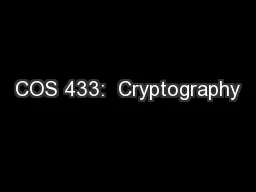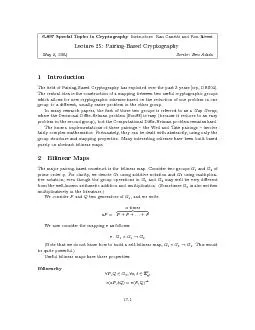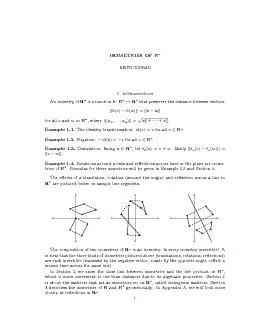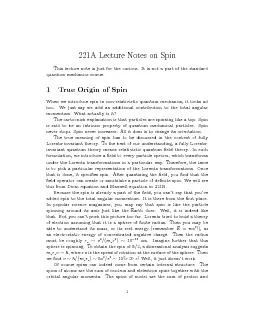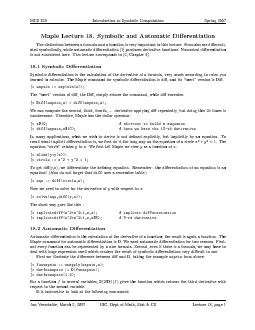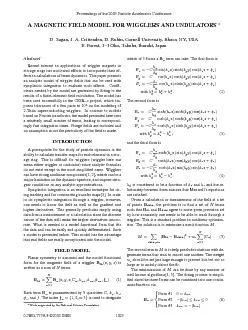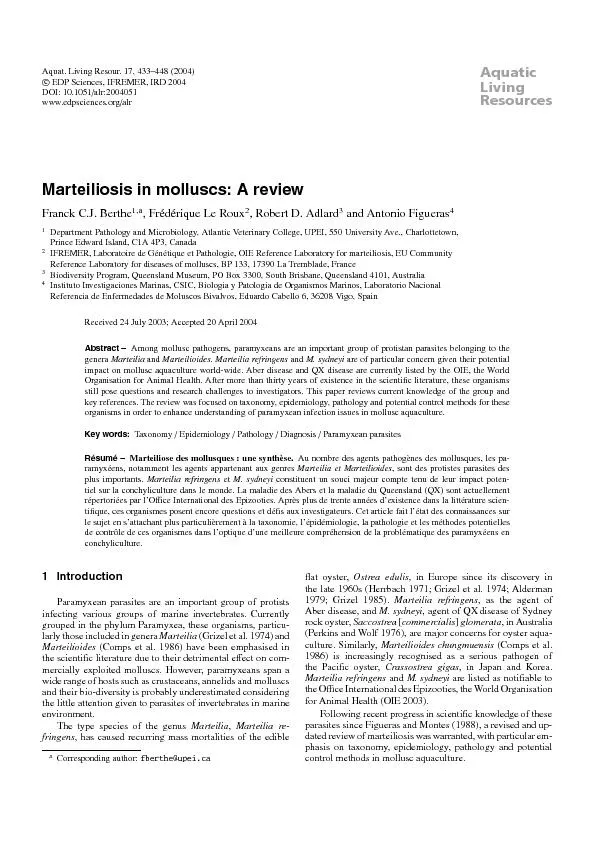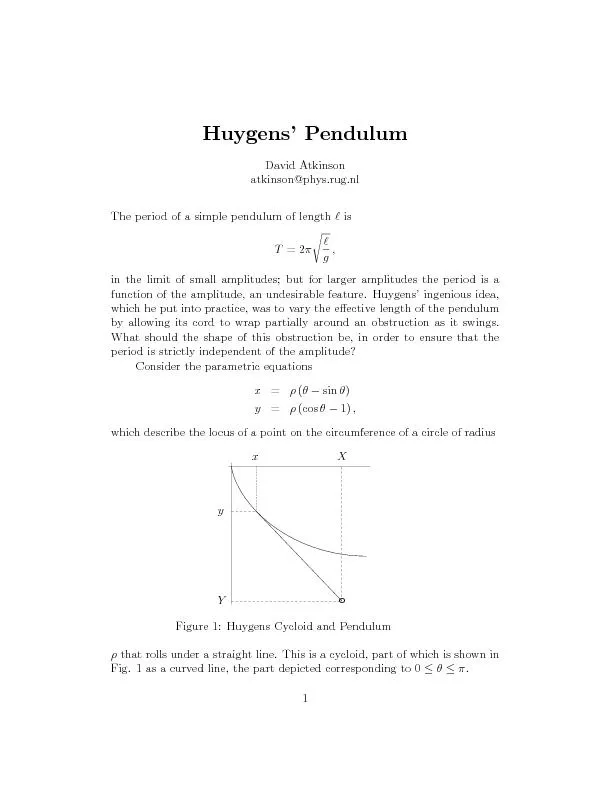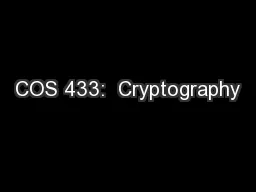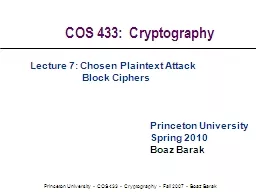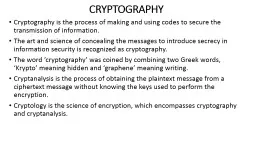PPT-COS 433: Cryptography
Author : briana-ranney | Published Date : 2015-10-07
Princeton University Spring 2010 Boaz Barak Lecture 7 Chosen Plaintext Attack Block Ciphers Short Review of PRF construction 2 G f s x Snapshot after i invocations
Presentation Embed Code
Download Presentation
Download Presentation The PPT/PDF document "COS 433: Cryptography" is the property of its rightful owner. Permission is granted to download and print the materials on this website for personal, non-commercial use only, and to display it on your personal computer provided you do not modify the materials and that you retain all copyright notices contained in the materials. By downloading content from our website, you accept the terms of this agreement.
COS 433: Cryptography: Transcript
Download Rules Of Document
"COS 433: Cryptography"The content belongs to its owner. You may download and print it for personal use, without modification, and keep all copyright notices. By downloading, you agree to these terms.
Related Documents

